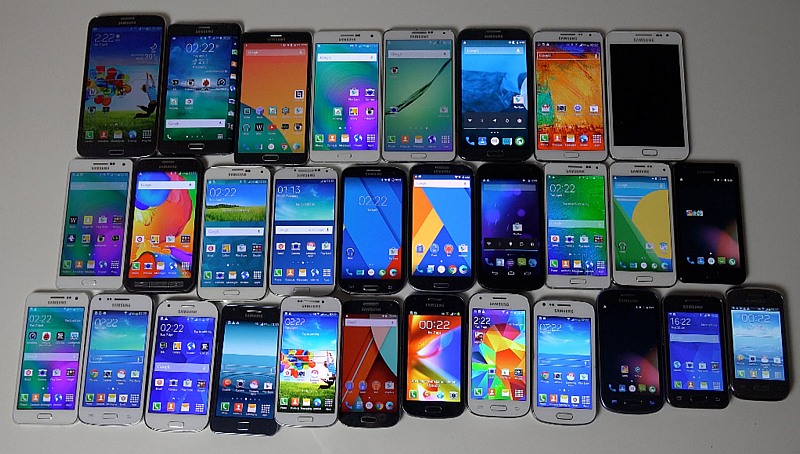
Smartphones have become an essential part of our daily lives, providing us with a vast array of functionalities that make them more than just phones. But have you ever wondered who made the first smartphone? The story is more complex than you might think, as it involves several significant players who each contributed critical elements to what we now recognize as a smartphone.
Read about:
Pioneers of the Early Era
IBM and the Simon Personal Communicator
Many credit the “Simon Personal Communicator” as the first smartphone. Developed by IBM and BellSouth, it debuted at the COMDEX trade show in 1992 and went on sale to the public in 1994. The Simon Personal Communicator had features that were revolutionary for the time. It combined cellular phone capabilities with a host of other features like a calendar, calculator, note pad, and even the ability to send and receive faxes, emails, and pages.
While the Simon Personal Communicator lacked many features we now associate with smartphones—like a color touch screen, a modern web browser, or third-party applications—it set the foundation for the convergence of computing and telephony.
Nokia and the Communicator Line
Following IBM’s innovation, Nokia introduced the Communicator line in 1996, a series of clamshell smartphones starting with the Nokia 9000. These devices integrated phone capabilities with a keyboard and LCD screen, enabling functionalities like email, web browsing, and even word processing and spreadsheets. Nokia’s Communicator line was hugely successful and continued to evolve throughout the late ’90s and early 2000s, marking a significant step towards the modern smartphone.
The Birth of the Modern Smartphone
BlackBerry
The term “smartphone” truly came into the mainstream with the advent of BlackBerry devices in the early 2000s. BlackBerry smartphones, such as the BlackBerry 5810 released in 2002, featured mobile telephone technology, push email services, text messaging, internet faxing, web browsing, and other wireless information services. They were also among the first phones to offer full QWERTY keyboards, making them a hit among business professionals.
Apple and the iPhone
However, the true paradigm shift came with the introduction of Apple’s iPhone in 2007. Steve Jobs’ unveiling of the iPhone marked a turning point in the evolution of smartphones. It was the first phone to effectively combine a phone, an iPod, and an “Internet communicator” with a touch-screen interface and a minimal physical button layout. It also launched with the promise of third-party applications via what became the App Store, encouraging the development of a multitude of applications that continue to define the smartphone experience today.
The creation of the first smartphone cannot be attributed to a single inventor or company. Instead, it was an evolutionary process that involved many key players, from IBM’s Simon Personal Communicator and Nokia’s Communicator line to the BlackBerry’s email functionality and Apple’s revolutionary iPhone. Each of these stages added crucial elements that have culminated in the powerful, versatile devices we rely on today. As such, the story of the first smartphone is a testament to the power of technological progression and cumulative innovation.
